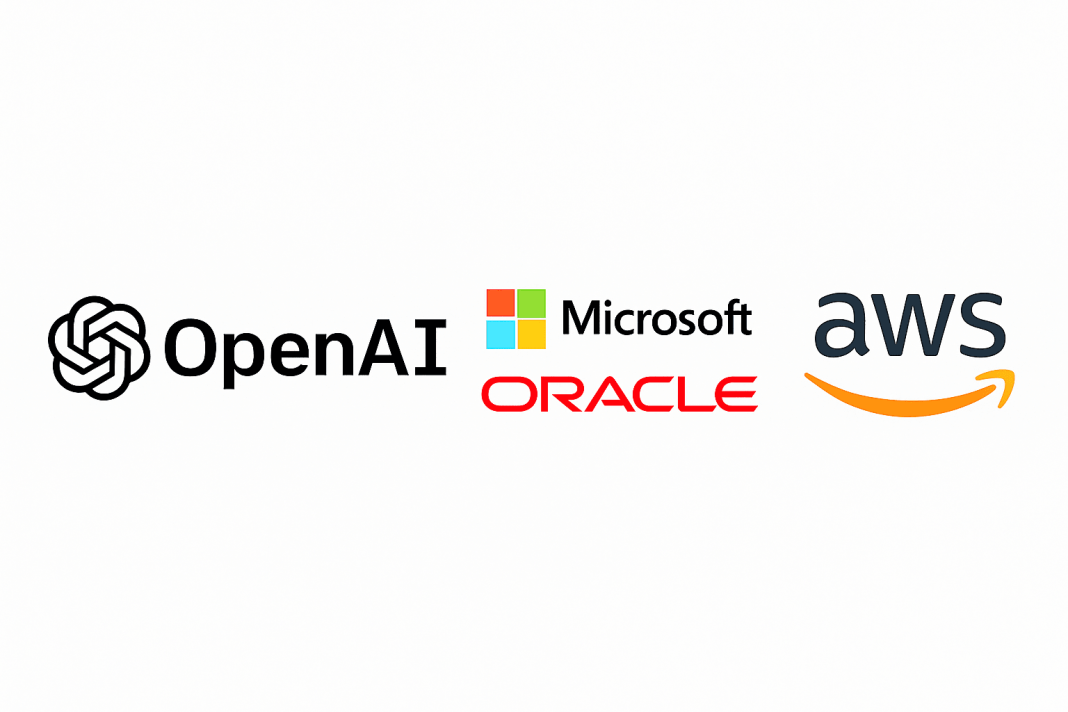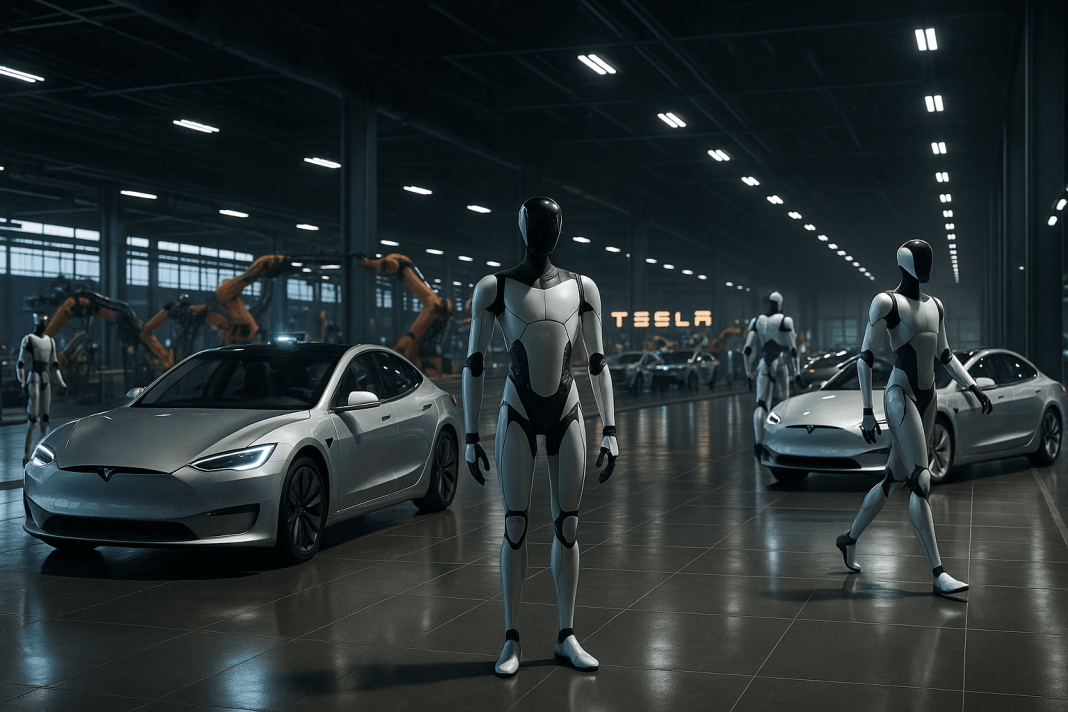OpenAI’s cloud AI strategy marks one of the boldest moves in technology history. With investments across AWS, Oracle, and Microsoft, OpenAI aims to build the backbone for future AI innovation. This article unpacks the motives behind this $600 billion commitment, the partners involved, and how this multi cloud approach could reshape the AI landscape for years to come.
Understanding OpenAI’s Cloud AI Strategy
Why does OpenAI need such a massive cloud AI strategy? Training and deploying models like ChatGPT and Sora demand an immense amount of computing power. By spreading investments among several cloud providers, OpenAI avoids vendor lock in and keeps its AI infrastructure scalable and resilient.
The scale is unprecedented roughly $600 billion in long term computing capacity and data center buildouts. This ensures OpenAI has a steady pipeline of GPUs and energy resources as demand for AI accelerates. Without this strategic move, model development and response times could slow significantly.
Microsoft’s Role in the Cloud AI Strategy
Microsoft remains a pillar in OpenAI’s cloud AI strategy. Despite ending their exclusive arrangement, OpenAI has pledged another $250 billion for Azure services. The goal is continued access to world class GPU clusters and tight integration with Microsoft’s AI ecosystem.
-
Investment: $250 billion allocated post restructure
-
Key Benefit: Deep integration with Azure for training and inference
-
Timeline: Service expansion through the 2030s
Microsoft has already invested $13.8 billion and holds a 27 percent stake in the new OpenAI entity. This mutually beneficial alliance cements both companies as leaders in applied AI. Read more about their partnership on the official Microsoft blog.
For those interested in multi cloud partnership models, our internal guide on Cloud Computing Fundamentals explains the core concepts that drive such strategic alliances.
Oracle’s Contribution to the Cloud AI Strategy
Oracle secured a massive share of OpenAI’s cloud AI strategy with a $300 billion deal beginning in 2027. This agreement focuses on custom AI centric data centers, notably the Stargate project, built to deliver unprecedented compute capacity.
What makes Oracle vital in this cloud AI strategy? Their strength in databases and enterprise cloud solutions aligns perfectly with AI infrastructure needs. Oracle is deploying GPT-5 capabilities throughout its product suite, enhancing automation and analytics for customers worldwide.
The Stargate expansion in Michigan and Wisconsin will add over 4.5 gigawatts of capacity enough to power entire cities. Learn more about this milestone on OpenAI’s official site.
Challenges Oracle Tackles in the Cloud AI Strategy
Every cloud AI strategy faces challenges chiefly power shortages, chip delays, and scaling logistics. Oracle is proactively addressing these by investing $40 billion in Nvidia GPUs for a Texas data center. This move ensures a steady supply chain and buffer against global hardware bottlenecks.
By anticipating these issues now, OpenAI and Oracle position themselves to handle the next decade of AI growth without interruption.
AWS in OpenAI’s Cloud AI Strategy
Amazon Web Services entered OpenAI’s cloud AI with a $38 billion commitment. Though smaller in value than the others, this deal is critical for short term scalability. It immediately grants OpenAI access to hundreds of thousands of Nvidia GB200 GPUs for real time AI tasks.
-
Deployment: Full capacity by 2026, with extensions into 2027
-
Advantages: Ultra low latency networking and massive GPU clusters
-
Outcome: Immediate boost to ChatGPT performance and training speed
Matt Garman, AWS CEO, described the collaboration as a “perfect fit for training frontier models.”
Diversification Across the Cloud AI Strategy
Diversification lies at the heart of OpenAI’s cloud AI strategy. Depending on a single cloud vendor would create supply bottlenecks and cost volatility. By partnering with three industry giants, OpenAI spreads risk and guarantees long term reliability.
Industry analysts note that AI demand is doubling every 12 to 18 months, while hardware supply lags behind. This approach ensures consistent access to resources as power and compute requirements skyrocket nationwide.
Industry Impact of the Cloud AI Strategy
The ripple effects of OpenAI’s cloud AI strategy extend far beyond its own projects. It highlights a broader shift toward multi cloud AI ecosystems that balance cost, speed, and sustainability. Competitors like Anthropic and Google are already adopting similar models.
Sam Altman emphasizes that reliable compute is as vital to AI as data or algorithms. For IT leaders, this means evaluating hybrid AI platforms such as AWS Bedrock, Google Vertex AI, and Microsoft Fabric.
Learn more about infrastructure bottlenecks in AI from Deloitte’s analysis on energy and compute shortages in AI data centers.
Future Outlook
Looking ahead, OpenAI’s cloud AI strategy will likely spark even larger investments in data center infrastructure. Energy constraints remain the top challenge, but the trend toward multi cloud collaboration is here to stay.
Smaller AI startups benefit too. By building on these massive infrastructures, they can access cutting edge resources without multi billion dollar budgets. This democratization of AI compute could fuel a wave of innovation across industries.
Conclusion
OpenAI’s $600 billion cloud AI strategy with AWS, Oracle, and Microsoft sets a new benchmark for AI infrastructure. By diversifying providers, OpenAI secures the resources it needs to train next generation models and sustain rapid growth. This multi cloud path isn’t just a business decision it’s a strategic imperative for AI’s future.
FAQs
What is OpenAI’s cloud AI strategy?
It’s OpenAI’s $600 billion multi cloud plan with Microsoft ($250B), Oracle ($300B), and AWS ($38B) to secure long term compute for AI training and deployment.
Why spread the cloud AI across multiple providers?
Diversifying reduces dependence on a single vendor and ensures consistent GPU and energy supply chains. It also leverages each provider’s unique infrastructure strengths.
How is Oracle different from AWS in this strategy?
Oracle focuses on future data center expansion (Stargate 2027+), while AWS provides immediate GPU availability for active workloads.
What challenges does the cloud AI face?
Energy consumption, hardware delays, and supply constraints are major issues. Massive investments and partnerships help offset these risks.
How will the cloud AI affect users?
End users will see faster AI responses, more reliable uptime, and expanded features in tools like ChatGPT. Ultimately, this strategy drives a more robust AI ecosystem.



